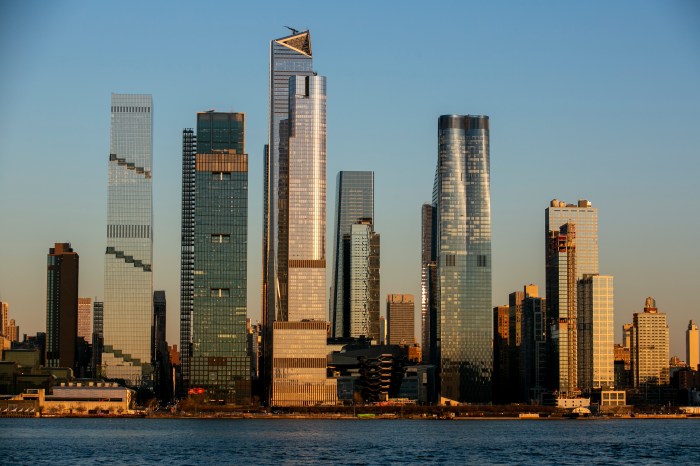By Philip Newman
“The U.S. Census Bureau found that Queens ranked No. 1 for longest commutes followed by the Bronx and Brooklyn,” the Permanent Citizens Advisory Committee said in a report that offered suggestions on improving the plight of commuters in southeast Queens. As Queens commuters know all too well, it's not that distances are so great with maximums of 12- to 14-mile journeys from their homes to jobs in Manhattan. “The disconnect between distance and travel time is in part due to the existing transportation infrastructure not being used as efficiently as it could be,” the transit advocacy agency concluded. It evaluates MTA service and recommends changes. The U.S. Census Bureau reported that some of the longest Queens commutes were from New Hyde Park (76 minutes), Rosedale (74.3 minutes), Springfield Gardens-Laurelton (73.5 minutes), Cambria Heights (71.5 minutes), Bellerose (69.5 minutes), Hammels-Broad Channel (69.2 minutes), Arverne (69.2 minutes), Glen Oaks (68.2 minutes), Queens Village South (68 minutes) and Queens Village (67.3 minutes).In the report called “A Long Day's Journey to Work,” the PCAC offered recommendations to improve public transportation service.”While at least a quarter of the work force in southeast Queens travels to Manhattan for jobs, relatively few – only 1 to 6 percent take the train,” the PCAC said. “Many using the subway could use the Long Island Rail Road, but most do not because the LIRR is much more expensive.” “Clearly, taking the LIRR is the fastest mode into Manhattan,” the PCAC said. “And it is the most expensive mode if the trip to the final destination also involves using New York City Transit.”It pointed at that the LIRR commute at a cost of $151 a month is about double the bus-to-subway fare. Fares are about to rise another notch.The PCAC called the express bus “the worst of all the commute choices.” “Travel time is the longest, an hour and 20 minutes on average, and the cost is over twice that for the bus-to-subway journey. This is extremely inefficient transportation from both the rider and agency perspective.”First of all, something has got to be done to relieve horrendous traffic in downtown Jamaica, the report said. “Between 7 a.m. and 9 a.m., more than 600 buses from all directions and countless commuter vans enter a 10-block center area of Jamaica,” the PCAC said.”This traffic slows express buses, hinders buses bringing commuters to subways at Jamaica Center and adds heavily to the commuting time of express bus passengers,” the report said. Among the PCAC's recommendations: Along with introduction of a Freedom Ticket, which would permit riders to use any MTA transit mode, the LIRR must improve conditions at such stations as Laurelton, Locust Manor, Rosedale and St. Albans through better train service, more parking and station repairs and improvements. New York City Transit and MTA Bus must re-examine express bus service from southeast Queens, while shuttle service from local neighborhoods should be considered within southeast Queens to coordinate with peak hour trains. New York City Transit must find a way to ease crowding on the Queens Boulevard Line (E train). The report suggested more commuters might well ride the LIRR if stations were repaired and improved, citing such stations as Locust Manor without parking, a taxi stand, bathroom or shelter from cold and rain as well as rust and peeling paint. The Laurelton station has no taxi stand and no taxi loading zone. Rosedale, an elevated station, has no elevator for the disabled. St. Albans station has no shelter from the weather for passengers waiting on the platform, no commuter parking and the station area includes a fenced-in lot which could be used for parking. LIRR provides “extremely poor” service at the station, “thus ridership is relatively low,” the group said.Reach contributing writer Philip Newman by e-mail at news@timesledger.com or by phone at 718-229-0300, Ext. 136.






























